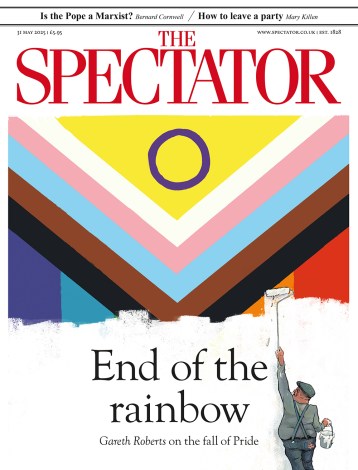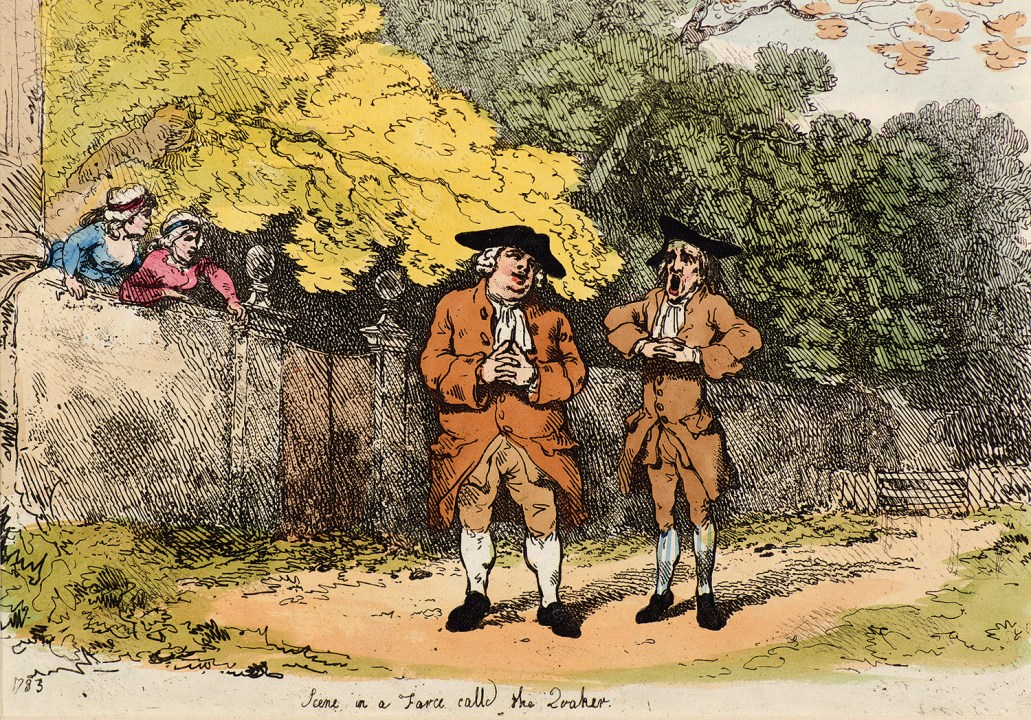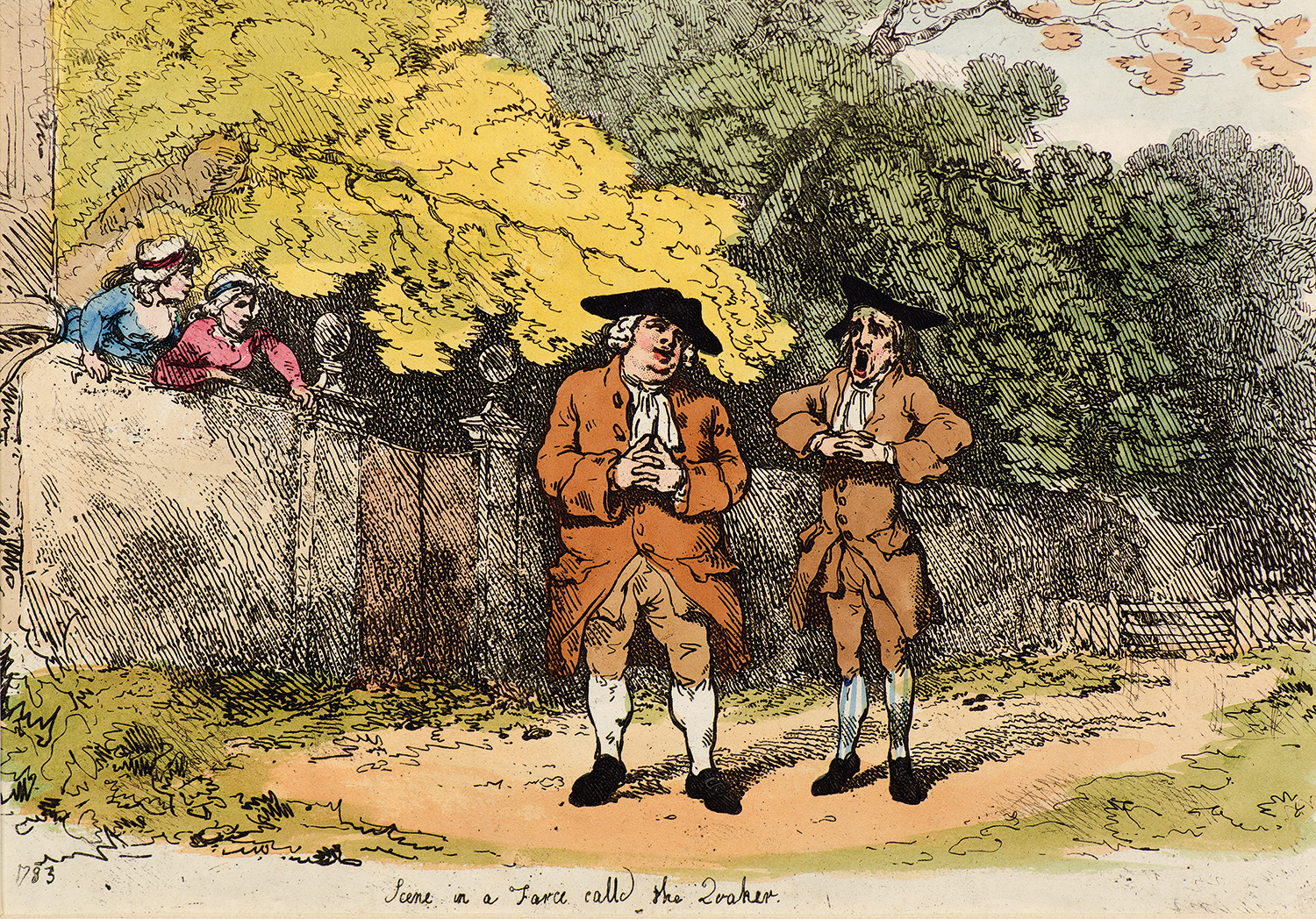
Richard Bratby has narrated this article for you to listen to.
British opera was born with Purcell’s Dido and Aeneas, and then vanished for two-and-a-half centuries, apparently. Between the first performance of Dido in 1689 and the première of Britten’s Peter Grimes in 1945, serious British operas effectively didn’t exist – or so we’re told in textbooks and biographies. But what if there was a different story; a forgotten story of a lively, eclectic British operatic tradition that thrived in those missing centuries, and was buried only through a combination of accidents, economics and our enduring national snobbery about theatre that’s sung rather than spoken? And what if there was an organisation devoted to excavating these forgotten works and giving them a chance to live again?
For more than a decade, the non-profit record label Retrospect Opera has been doing just that: researching, resurrecting and then recording British operas from the age of Garrick through to the 1920s. Its newest release, Granville Bantock and Marjory Kennedy-Fraser’s 1924 ‘Celtic folk opera’ The Seal-Woman, comes out in June after years of research. It’s a rare and lovely thing: a Hebridean tragedy of a Selkie bride that weaves traditional Scottish melodies into a glowing, autumnal chamber orchestra setting. For Retrospect Opera’s founder, Valerie Langfield, it’s a near-perfect demonstration of what they’re trying to achieve.
‘It’s hard work to persuade a country that its own composers are worth championing,’ she says. ‘But before Britten, there was, at the very least, Ethel Smyth, who is the big name at the moment. And throughout the 19th century there were dozens of English-language operas, all really popular.









Comments
Join the debate for just $5 for 3 months
Be part of the conversation with other Spectator readers by getting your first three months for $5.
UNLOCK ACCESS Just $5 for 3 monthsAlready a subscriber? Log in